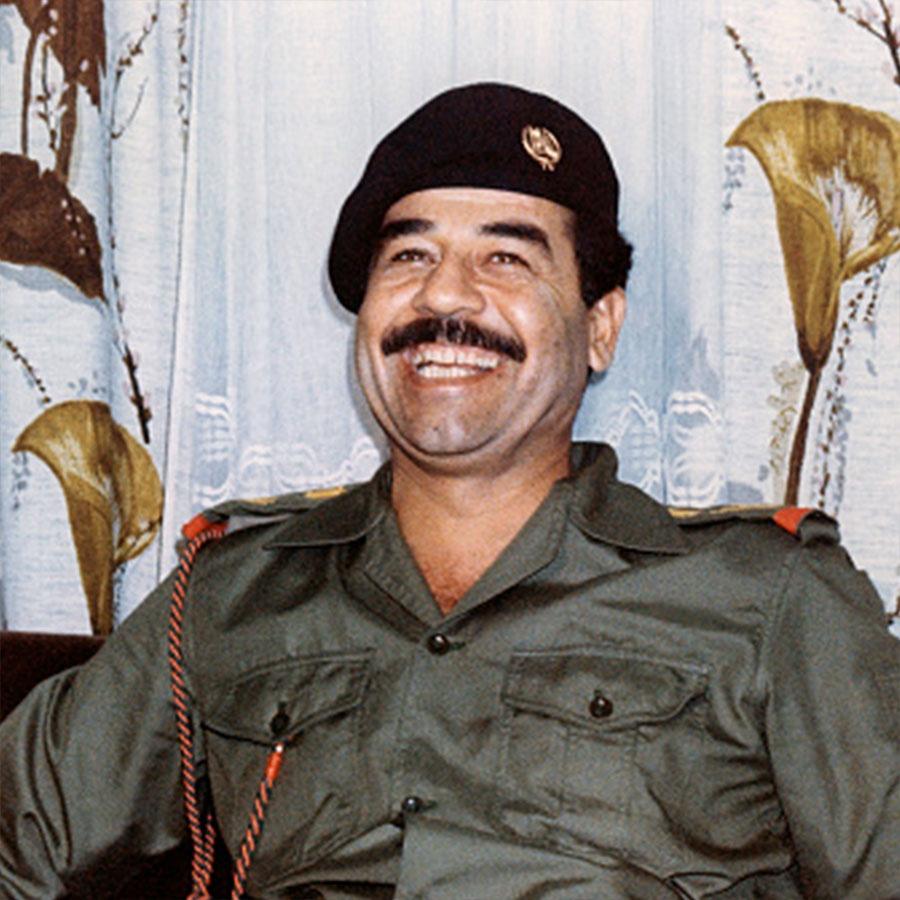
Early Life and Political Ascendancy: Saddam Hussein was born on April 28, 1937, in the village of Al-Awja, near Tikrit, Iraq. He joined the Ba’ath Party in the 1950s and quickly rose through its ranks, eventually becoming the party’s regional secretary for the city of Baghdad. In 1968, he played a crucial role in the Ba’ath Party’s successful coup d’état, which brought the party to power in Iraq.
Authoritarian Rule and Human Rights Abuses: Once in power, Saddam Hussein established a dictatorial regime characterized by oppression, widespread human rights abuses, and the suppression of political dissent. His government employed ruthless tactics to maintain control, including the extensive use of secret police, torture, and execution. The most notorious example of his brutality was the chemical attack on the Kurdish town of Halabja in 1988, which resulted in the deaths of thousands of civilians.
Regional Conflicts and International Relations: Saddam Hussein’s Iraq engaged in several regional conflicts during his tenure. In 1980, he initiated the Iran-Iraq War, a devastating eight-year-long conflict that resulted in millions of casualties. In 1990, he invaded Kuwait, leading to the Gulf War and subsequent international condemnation. The United States, under the leadership of President George H. W. Bush, formed an international coalition to expel Iraqi forces from Kuwait.
United Nations Sanctions and Weapons Inspections: Following the Gulf War, Saddam Hussein’s regime faced significant international isolation. The United Nations imposed strict economic sanctions on Iraq, seeking to dismantle his alleged weapons of mass destruction (WMD) programs. Inspections by the United Nations Special Commission (UNSCOM) were conducted to verify Iraq’s compliance with disarmament obligations, leading to a continuous standoff between the regime and the international community.
Downfall and Capture: In 2003, the United States, under President George W. Bush, led a coalition invasion of Iraq, citing the threat posed by Saddam Hussein’s regime and its alleged possession of WMDs. The subsequent invasion toppled Saddam’s regime, and he went into hiding. After months of pursuit, he was captured by U.S. forces near his hometown of Tikrit in December 2003.
Trial, Conviction, and Execution: Saddam Hussein faced trial for crimes against humanity, and in November 2006, he was found guilty and sentenced to death by hanging. On December 30, 2006, he was executed at a secure facility in Baghdad.
Legacy and Ongoing Debate: The legacy of Saddam Hussein remains a subject of ongoing debate. Some argue that his removal from power was necessary to liberate the Iraqi people from his oppressive regime, while others contend that the invasion and subsequent destabilization of Iraq have had severe consequences for the country and the region. The debate also centers around the role of the international community and the legitimacy of the invasion itself.
Conclusion: Saddam Hussein’s rule was marked by authoritarianism, human rights abuses, regional conflicts, and international tensions. His capture and execution brought an end to a dark chapter in Iraq’s history, but the repercussions of his regime and the invasion of Iraq continue to be felt



















Add Comment